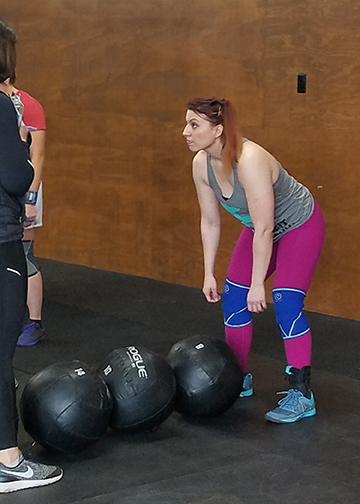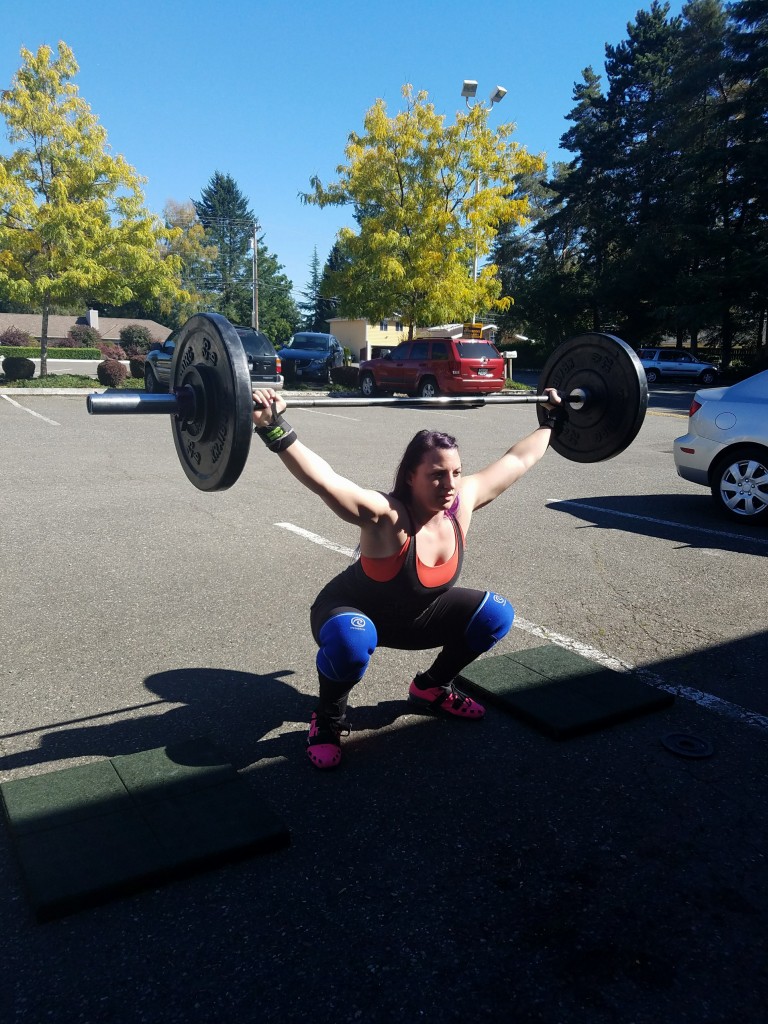by Coach Vanessa Dickens
The other day I was having a conversation with a non-CrossFit friend, yes believe it or not I do still have a few of those that I have yet to convince to drink the proverbial Kool-Aid. 🙂
Initially, I was going to answer “Why Do I CrossFit?” with my standard “Because lifting is cool, AMRAP, EMOM, FOR TIME, is a neat way to challenge your overall metabolic conditioning, to look good naked, etc.” Then, I actually took a moment to really think about it, “Why do I CossFit”? It dawned on me that I’ve been doing it for so many years that it’s just what I do, kinda like brushing your teeth, you do it because it’s good for you. Plus, I’m a coach so it’s a given to actually take part in the daily beatings.

Allow me to share a few of my reasons, and I invite you to take some time to reflect on why you are CrossFitting too.
 I do it to quiet the crazy and insecure thoughts in my head; there’s something about Cleaning more than my bodyweight that just shuts up that negative self-talk.
I do it to quiet the crazy and insecure thoughts in my head; there’s something about Cleaning more than my bodyweight that just shuts up that negative self-talk.
I do it to remind myself to be thankful for my healthy and able body; gritting through a high volume of double unders and pull ups until my shoulders are screaming and my lungs are burning, is truly a daunting experience.
I do it to have direction and focus; setting concrete fitness goals and the pure sense of bliss that follows when achieved.
I do it for the love of coaching; sharing fitness and helping people see the joy of working out brings a genuine smile to my face.
I do it for the friendships formed over the years, all the cheers and high fives fill me with joy on a daily basis.
I do it for the competitions, stepping out of my comfort zone and finding the strength within to keep pushing.
I do it to embrace my eccentric personality, literally covering myself in bright colors from my lifting belt to my barbell collars.
And most of all, I do it to evolve and make the most of this human experience called ‘life’.


 Handstand Push-ups (Strict & Kipping)
Handstand Push-ups (Strict & Kipping)
